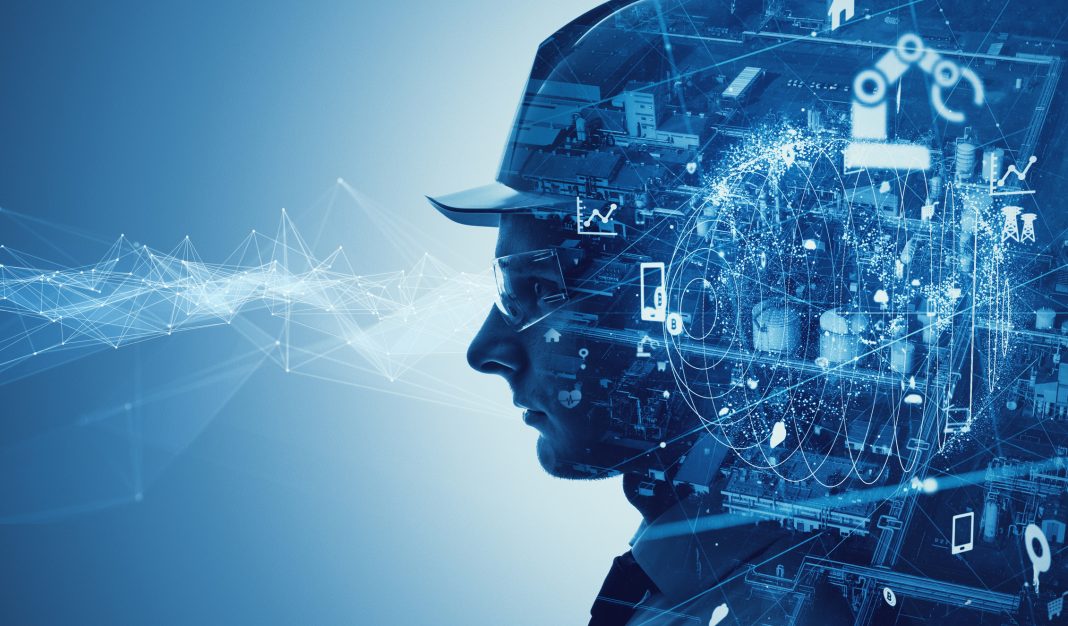Technology in construction holds many benefits, and health and safety technology is no different. However, human interaction, judgement and, crucially, leadership will be critical to success, says Phil Jones of William Martin
Start a conversation about artificial intelligence and you’re likely to hear some strong opinions. It’s seen by some as the solution to all our problems and by others as a fast-track ticket to Armageddon.
But whatever your feelings about AI, given its potential to improve speed, efficiency and accuracy when reducing hazards, it is almost certainly here to stay for the health and safety sector.
The possibilities AI can unlock are endless. Back in 2017, the UK government launched £68m of funding to develop AI that would support safer working practices.
Health and safety technology can help staff to deal with and monitor hazards
One outcome was an AI-powered solution that continuously monitors and reacts to specific dangers in real-time, whether that’s only opening the door to a certain area if someone is wearing the correct PPE or alerting security to an individual who should not be there.
AI can also help to identify issues or compare procedures and highlight if any critical steps were missed during an incident. This can then trigger an alert to employees, who can double-check whether action needs to be taken to ensure safety.
The medical community already uses this type of health and safety technology to monitor surgical procedures and these systems can easily be adapted for safety-critical jobs in other high-risk industries.
Transforming risk assessment with AI-driven methods
More and more research is being published on how new data-led, AI-driven methods can transform the traditional risk assessment process, leading to more accurate risk-based judgements.
Near-miss detection, incident reporting or practice drills can also be handled by AI, while drone technology can reduce danger to workers by accessing hazardous areas or eliminating certain situations that involve working at height. And in this era of rapidly evolving technology, new possibilities are always arising. Around 95% of vehicle accidents are caused by human error, so autonomous vehicles that use AI technology could soon become a common way to reduce workplace accidents.
The vehicles of the future will have multiple sensors, cameras and will be closely linked to their location using GPS – all of which can be used to monitor driving operations, detect the correct route and make changes if any serious hazards are identified.
Human intervention is essential to understanding the causes of health and safety failings
But while AI forms part of a tech toolkit that can make our working lives easier, there are limitations and potential pitfalls. This means it’s crucial to also maintain the human touch, especially when it comes to understanding and analysing the root causes of health and safety compliance failings.
The roll-out of AI to carry out tasks in the workplace can cause anxiety in your team about the possibility of job losses and without good communication, trust can be lost.
Using AI to put your people under high levels of surveillance or tracking can cause high levels of stress and fears around privacy. AI, after all, uses huge volumes of data.
Staff may worry that their performance is being constantly monitored or that their data isn’t secure. This potential downside needs to be balanced against the benefits AI can bring.
Health and safety AI lacks the ability to evaluate complex and nuanced situations
AI may also lack the ability to evaluate complex and nuanced situations that require human judgment and experience – it doesn’t think like a human, it just looks for patterns in data.
I personally find that the best outcomes often come from a blended approach to tasks involving technology – because people are still the most important part of any organisation.
For example, many companies talk about “safety culture” when referring to how likely their employees are to comply with rules or act safely – or unsafely. And a successful safety culture normally comes from strong leadership, good worker involvement and clear communications – none of which can be provided by tech alone.
As we look to the future, organisations should embrace the benefits AI can bring to make work safer and more efficient. But it’s vital to consider your existing work practices, listen to your people and, most importantly, always bring them with you.
All those things that make us human – like real-life experience, nuanced judgement and empathy – can never truly be replaced by technology.
Phil Jones 
Managing director
William Martin
Tel: +44 (0) 20 3819 8829














